World War I raged across Europe, and the fledgling Belgian army found itself defeated once again.
The Germans routed them at Antwerp and Ghent, forcing them to flee to the Yser River.

It was up to the Belgians to hold this ground, preventing the Germans from taking control of the English Channel.
A Soggy Retreat
As the Germans began their assault at the Yser, the heavy artillery fire decimated the Belgians. Incoming artillery-mandated trenches, and given the nature of the geography, digging a trench of any depth here is impossible.
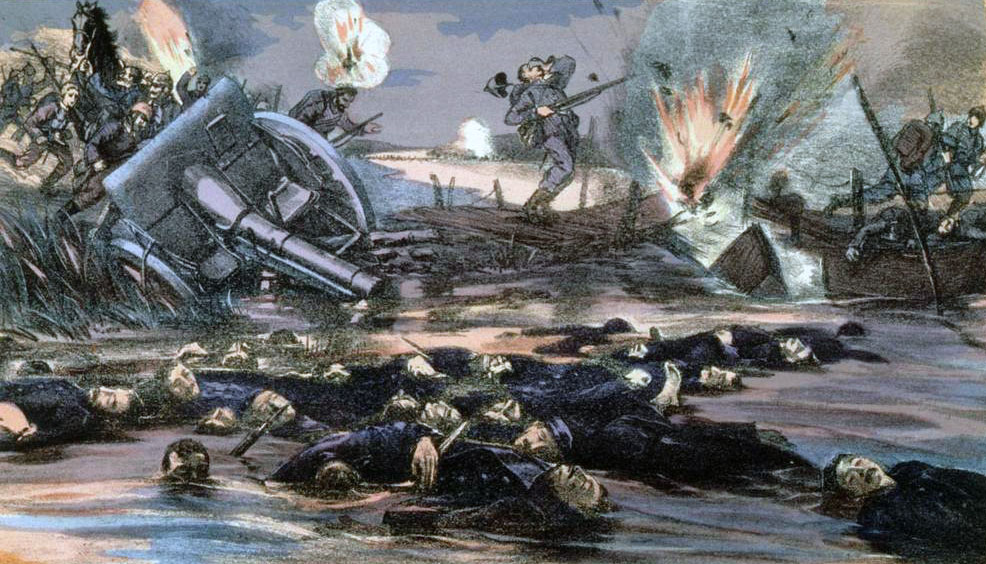
Where they fought was a “polder” — land reclaimed from the sea by a series of canals, weirs, and hydraulic systems. Long used by locals to create more farmland, any attempt to dig here was met with standing water.
For days, heavy rain and fire gradually filled the area.
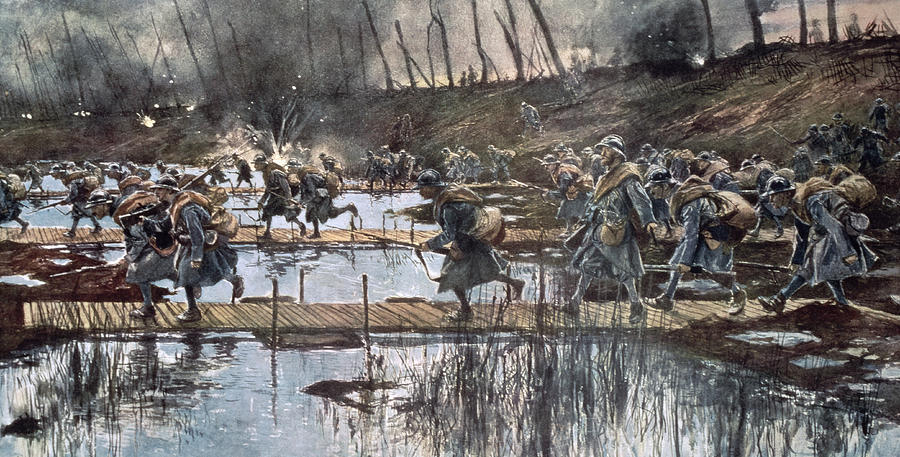
An Old Trick
It was at this point that a local historian posed an interesting question to the Belgian commanders; why not flood the area?
The area they fought in (Nieuwpoort) was defended in the past by opening the weir gates and flooding out the enemy. Why not do it again?
When Belgium’s King Albert heard the suggestion, he ordered it to be implemented.
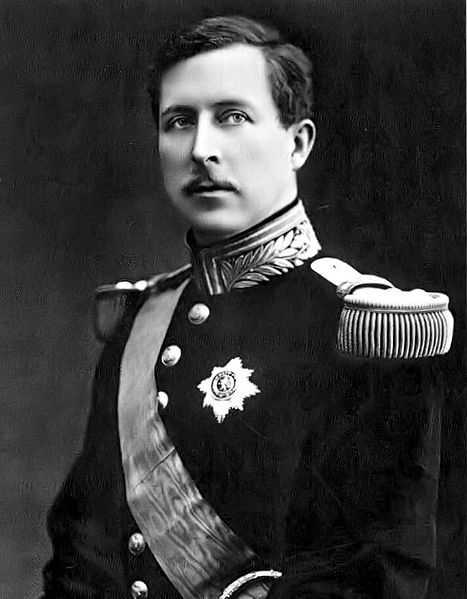
A Townsman to the Rescue
Only one problem…nobody knew where the hydraulic systems were to open the gates. But a local boatman, Hendrik Geeraert, told the Belgians he could help.
He’d traversed the land for years and could lead them to the gates.
For two days, the Germans hadn’t attacked, leading the Belgians to believe they were mustering their forces for one last, violent assault.
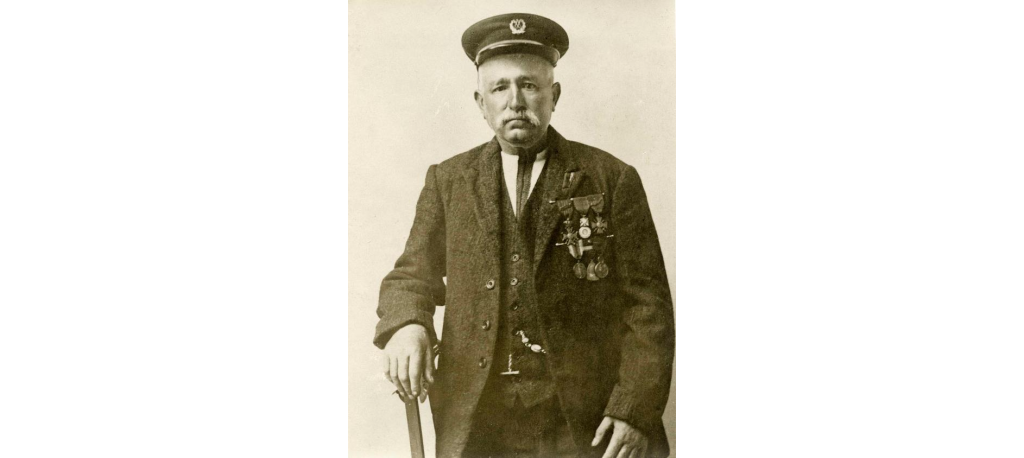
And so, at 7:30 PM, October 29, 1914, amidst pouring rain, Geeraert set out with a small group of sappers to guide them to their destination. They found the hydraulic system and opened the gates.
Over the next several hours, millions of gallons of seawater filled the area. The German artillery pieces sank into the ground, and their trenches were completely submerged.
The Torrent of Victory
Seeing that the ground was no longer tenable for foot soldiers, the Germans soon retreated, heading to Ypres.
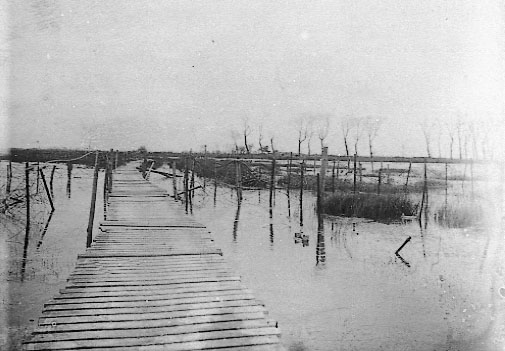
For the remainder of the war, King Albert and his men would lay safe behind the barrier of the flooded Yser.
This is a new style of article for Pew Pew Tactical, if you liked it — let us know in the comments! If you didn’t enjoy it…well phooey. To catch up on previous Pictures from History, click on over to our History Category.

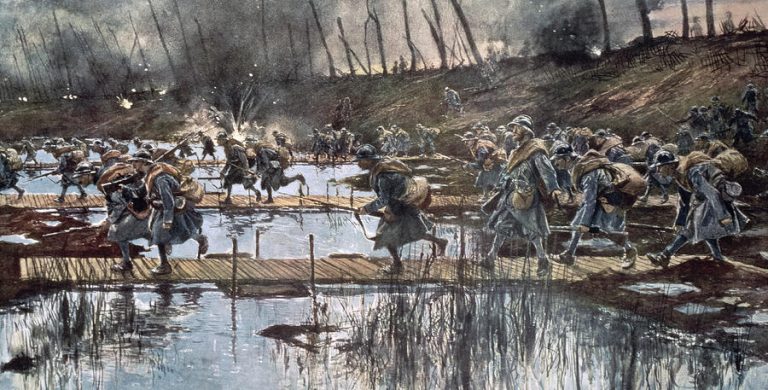







3 Leave a Reply
Nice article. Though much has been written about the Great War, predictably, they focus on the bigger battles. Regional battles tend to take a back seat it seems for the most part. Yet this one battle, prevented Belgium from being totally overrun and occupied by the Germans and kept them from attacking Britain with assaults across the channel. Britain still endured aerial attacks, but no seaborne attacks. Had Germany been able to attack via air and sea, the outcome of the war could have changed as the BEF would have been forced to divide their force to counter a Seaborne threat.
King Albert's sacrifice of territory to prevent Germany from using it, was instrumental to the allies eventually winning the War.
The seldom mentioned smaller battles and regional conflicts played as much of role in the war as the large battles.
There's a song, by a band that I quite like called Sabaton. It tells the story of this battle, and it goes hard! I can't post a link, but the song is called "Race to the Sea"
The Belgians don't write many history books in English, so this side of the story of WW1 is often overlooked. Nice contribution!